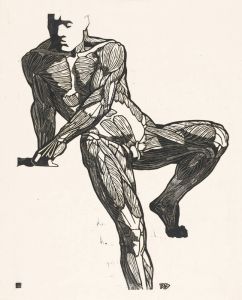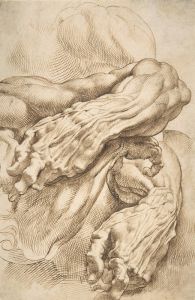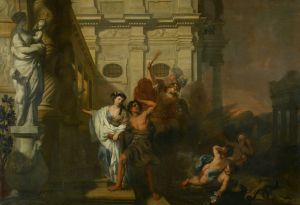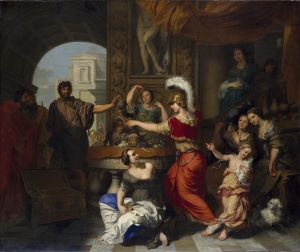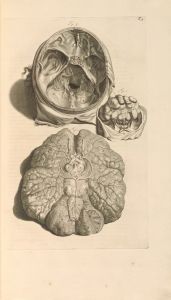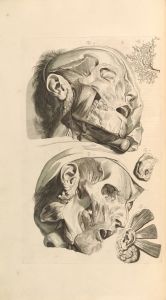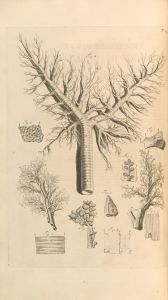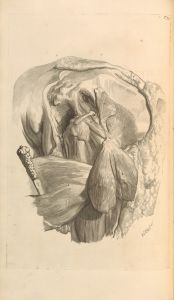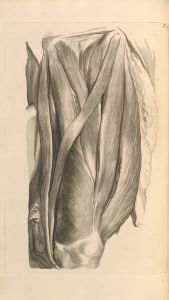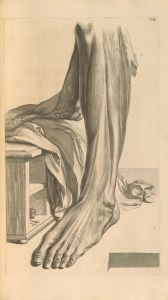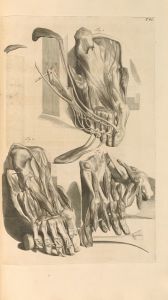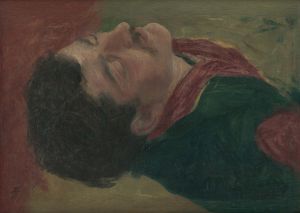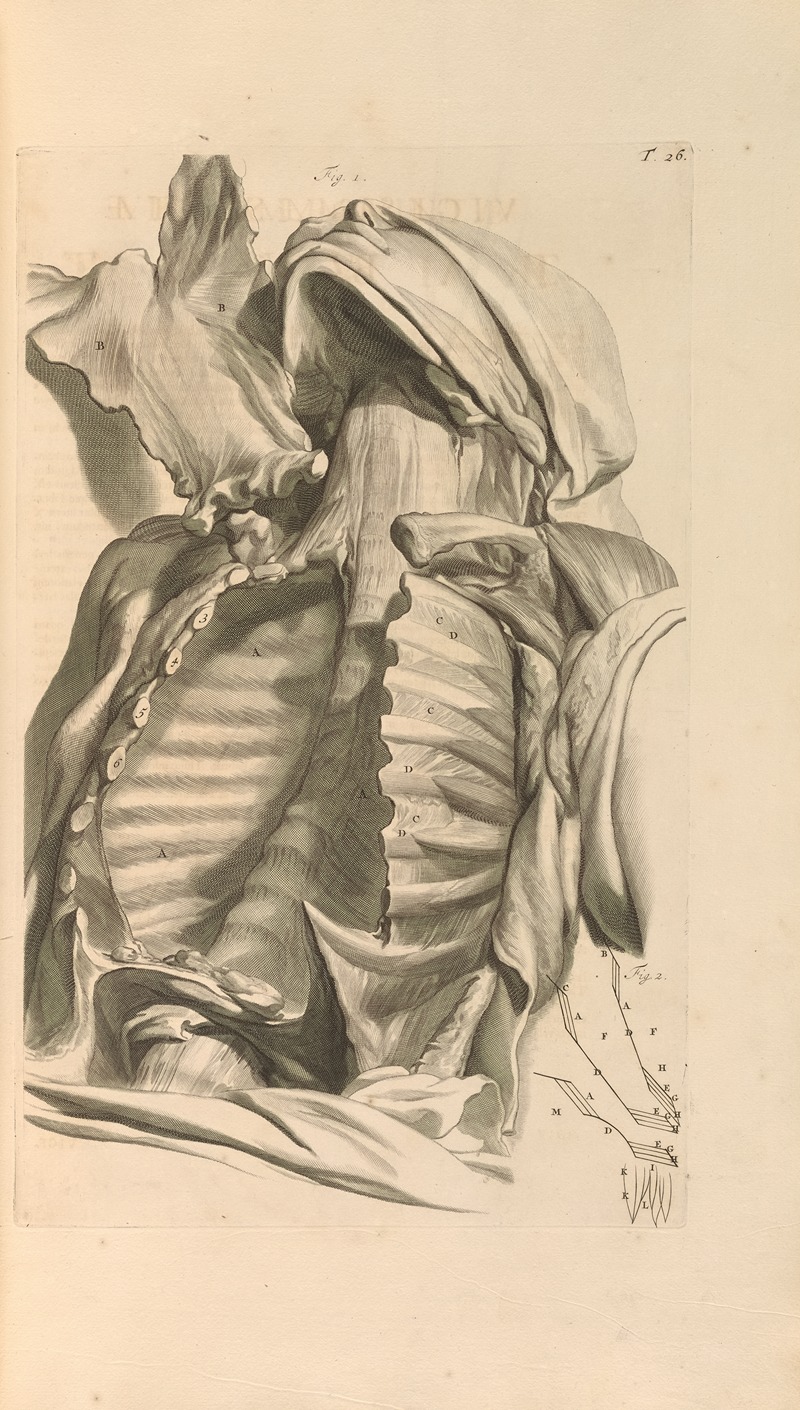
Anatomia humani corporis Pl.027
A hand-painted replica of Gerard de Lairesse’s masterpiece Anatomia humani corporis Pl.027, meticulously crafted by professional artists to capture the true essence of the original. Each piece is created with museum-quality canvas and rare mineral pigments, carefully painted by experienced artists with delicate brushstrokes and rich, layered colors to perfectly recreate the texture of the original artwork. Unlike machine-printed reproductions, this hand-painted version brings the painting to life, infused with the artist’s emotions and skill in every stroke. Whether for personal collection or home decoration, it instantly elevates the artistic atmosphere of any space.
Anatomia humani corporis Pl.027 is an anatomical illustration created by Gerard de Lairesse, a prominent Dutch Golden Age artist and illustrator. This work is part of the larger collection of anatomical plates featured in the book Anatomia Humani Corporis (1685), authored by the Dutch anatomist Govard Bidloo. The book is considered a significant contribution to the study of human anatomy during the late 17th century.
Gerard de Lairesse, known for his expertise in classical and Baroque art, was commissioned to create the illustrations for Bidloo's anatomical atlas. His artistic skills brought a high level of detail and realism to the anatomical depictions, making them not only scientifically valuable but also visually striking. Plate 027, like the other plates in the collection, showcases a meticulous dissection of the human body, emphasizing the structure and function of specific anatomical features. The illustrations were based on dissections conducted by Bidloo, ensuring their accuracy and relevance to medical studies of the time.
The Anatomia Humani Corporis was published in Amsterdam and featured 105 copperplate engravings, all based on de Lairesse's original drawings. These engravings were executed by Abraham Blooteling and Pieter van Gunst, skilled engravers who translated de Lairesse's detailed sketches into printed plates. The book was intended as a comprehensive anatomical reference for medical professionals and students, reflecting the growing interest in empirical observation and scientific inquiry during the Enlightenment.
While the artistic quality of de Lairesse's work was widely praised, the book itself faced criticism from some contemporaries for its lack of systematic organization and clarity in the accompanying text. Despite this, the illustrations have endured as a testament to the intersection of art and science in the 17th century. De Lairesse's ability to combine artistic expression with anatomical precision has made his work a subject of continued interest among historians of art and medicine.
Plate 027, like the other plates in the series, exemplifies the collaborative effort between artist and anatomist to advance the understanding of human anatomy. The work remains an important historical artifact, reflecting the scientific and artistic achievements of its time.





